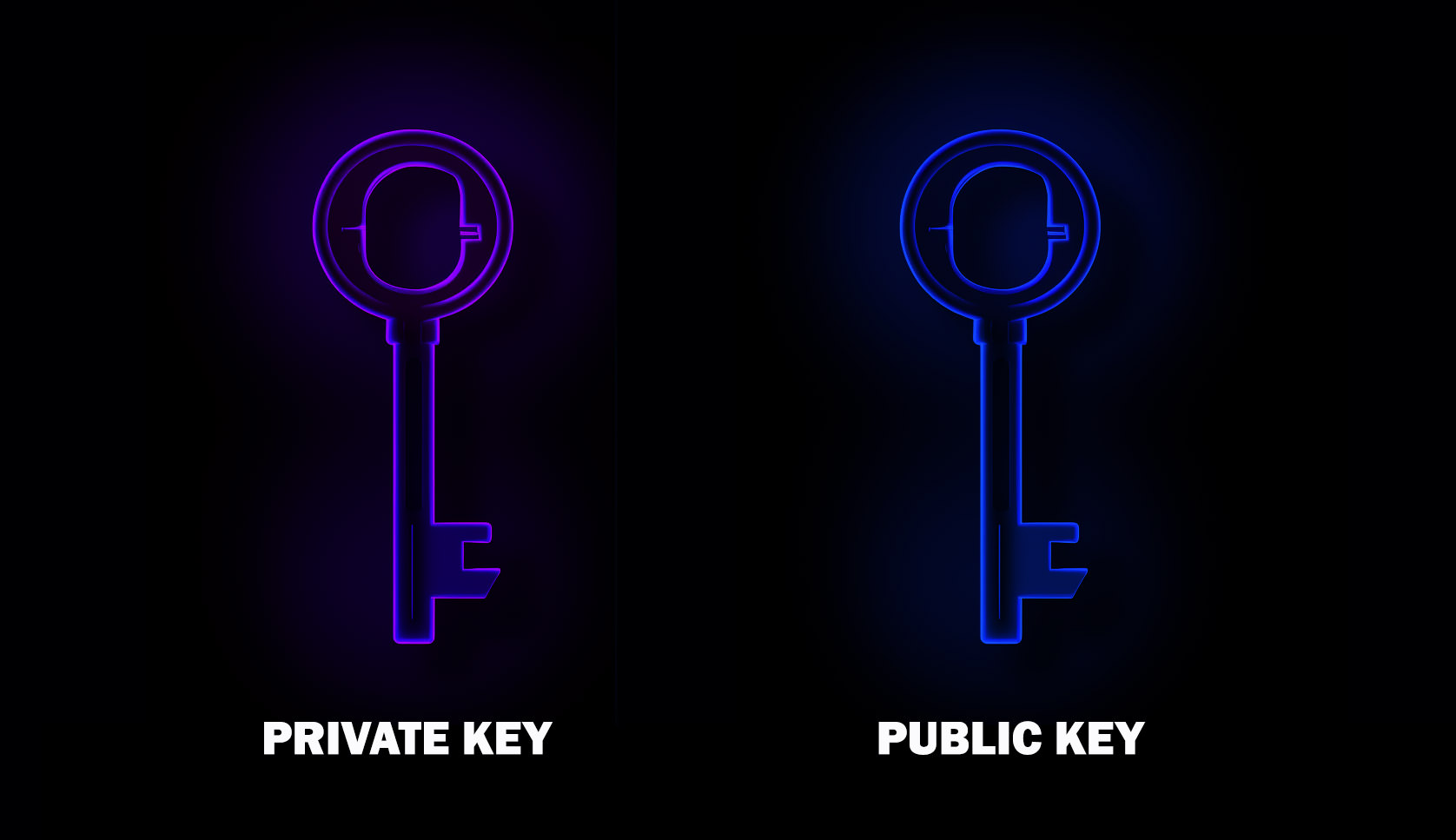What is a Passkey and How Does it Work? (With Examples)
Passkeys are an excellent tool that enhance the security of our online experiences. They allow us to access our web accounts securely and effortlessly, without compromising on protection or usability.
The beauty of passkeys lies in the fact that you don’t have to remember them like traditional passwords. This eliminates one of the major challenges we encounter with passwords. Moreover, every passkey is inherently strong, eliminating the risk of ‘weak’ passkeys, making them even more attractive.

Passkeys also excel in their resilience. Even during a data leak, they remain secure. While regular passwords could be stolen during a hacking incident, passkeys maintain their security, offering an extra layer of protection for your online identity.
In this article, we’ll delve into the realm of passkeys. We will clarify what they are and discuss the technology powering them. We’ll further illustrate why it’s beneficial to use passkeys and guide you on how to use them to access an account that accepts this modern authentication method.
The Problems with Passwords
The first issue with passwords is that creating a strong and secure one can be tricky. This often involves a combination of numbers, symbols, and letters in both upper and lower case. The more complicated the password, the better it is.

Another common problem is forgetting your password. Have you ever had to spend several minutes, or even hours, resetting your password because you clicked on the “forgot password” link? This can consume a lot of your time.
Managing multiple passwords without a password manager can also be quite challenging. It’s similar to trying to keep many balls in the air at the same time – one mistake and things can go wrong.
Lastly, using the same password for different accounts is risky. It’s like using one key for your house, car, office, and safe. If someone gets that key, they can access everything. Likewise, if one of your accounts gets hacked, there’s a chance all your accounts could be at risk.
What is a Passkey and How Does It Work?
Passkeys uses two interlocking parts to authenticate a user’s identity. The first piece, called a Private Key, is saved on a gadget you trust, like your smartphone. You keep this piece secure by using something only you know or have, like a PIN code, fingerprint, or even your face! The second piece, known as the Public Key, is saved where you want to log in, such as an app or website where you’ve set up an account.

For you to log in, or get access to your account, both these pieces have to come together. It’s a bit like a puzzle – you need both parts to complete the picture. This system is smart because you can’t guess one piece just by having the other, which keeps your information safe.
When you want to log in, your device double-checks it’s you. It could do this by looking at your face or reading your fingerprint. After it’s sure it’s you, your device puts the two pieces of your passkey together to make something called an ‘authentication token’. This token is like your ticket in – it lets you access the app or website you want to use.

This means that without your trusted gadget and a way to prove it’s you (like your face, fingerprint, or PIN code), nobody else can get into your accounts that are guarded by this passkey system. It’s a really strong way to keep all your digital stuff safe and secure!
The Benefits of Using Passkeys
To begin with, making passkeys is a simple and fast process. Instead of taking a long time to create a complicated password, you can quickly create a passkey. This ease of use improves your overall experience.
A major advantage of passkeys is that you don’t need to remember them. You know how annoying it is when you forget the exact password you’ve used? That’s not an issue with passkeys.
Next, passkeys are inherently secure. They are designed to be strong from the start, so you don’t have to stress about making them safe – they’re already that way.
Lastly, passkeys are resistant to phishing and other types of social engineering attacks. This gives them an added layer of defense against online threats, which is always beneficial.
Comparing Login Methods: Password vs. Passkey
To make the idea of logging in with a passkey simpler, let’s first look at the usual way we sign in to accounts – that is, by using a username and a password. We’ll use zoho.com as our example for this comparison.
Using a Username and Password:
First, to sign in, enter your username and password.

Next, confirm your identity by entering a one-time password.

Sometimes, you may also need to select the “Trust” option for the browser you’re using.

Finally, after these steps, you’ll be successfully logged into your account.
With a Passkey:
Now, if you’ve already established your passkey for zoho.com, here’s how you would log into your account:
Navigate to the sign-in page and input your username or email address, then click on “Next”.

A prompt will appear asking if you’d like to sign in using your passkey. Click on “Continue” to move forward.

Next, a biometric verification process will take place.

Once completed, you’re successfully logged in!
Concluding Thoughts
Passkeys are undoubtedly a simpler and safer method for logging into your online accounts. They eliminate the need to create and remember intricate passwords. However, as of the time this article was written, not all websites have implemented passkey support.
If you have a Google account, you can use a passkey. Refer to this post for instructions on integrating a passkey with your Google account, or visit this website to see a list of all the sites currently supporting passkeys.